Graphic Design Jobs Right Out of College
-
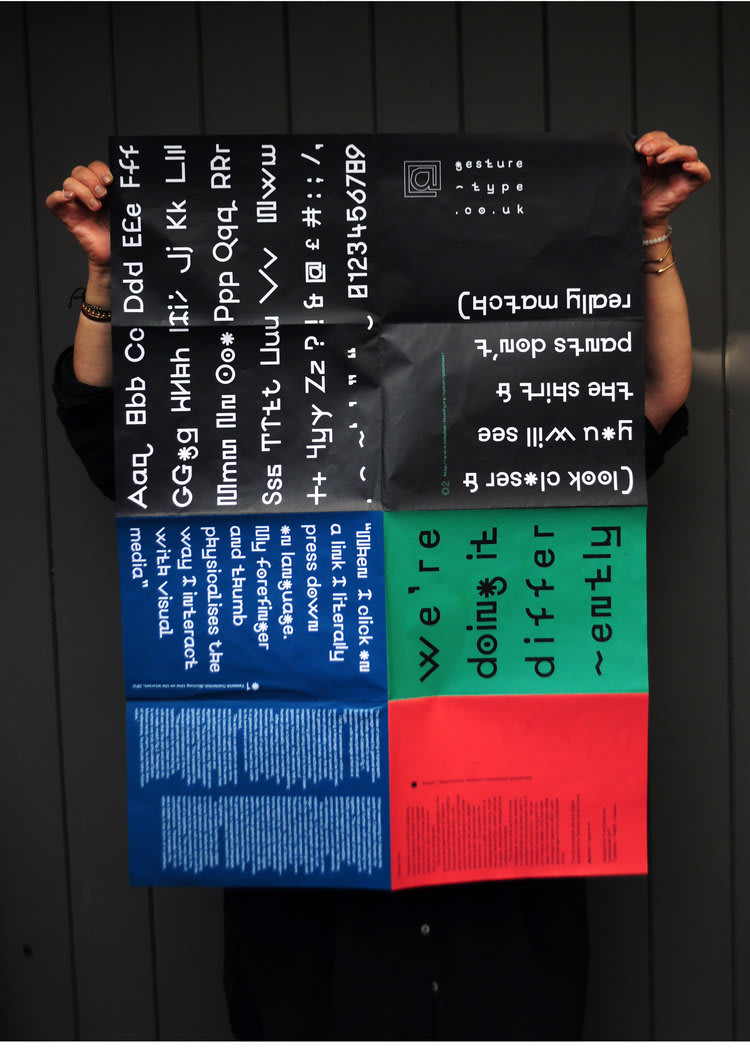
, Frank Sharman BA (Hons) Graphic Design, Camberwell College of Arts, UAL -

Tom Guildmard., Tom Guildmard - BA Graphic Design , Camberwell College of Arts, UAL | Photograph: Tom Guildmard. -
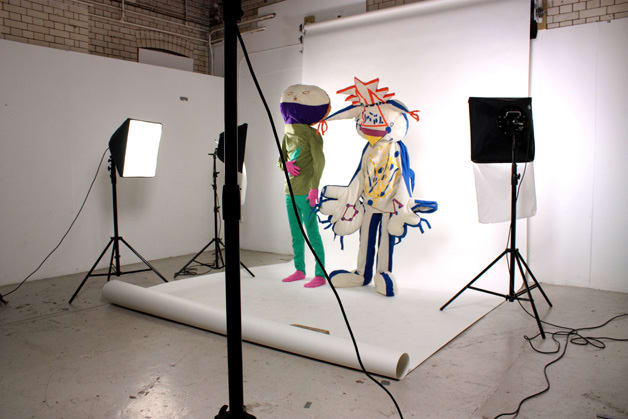
Alice Rigby., Alice Rigby - BA Graphic Design , Camberwell College of Arts, UAL | Photograph: Alice Rigby. -
Racheal Treliving., Racheal Treliving - BA Graphic Design , Camberwell College of Arts, UAL | Photograph: Racheal Treliving. -
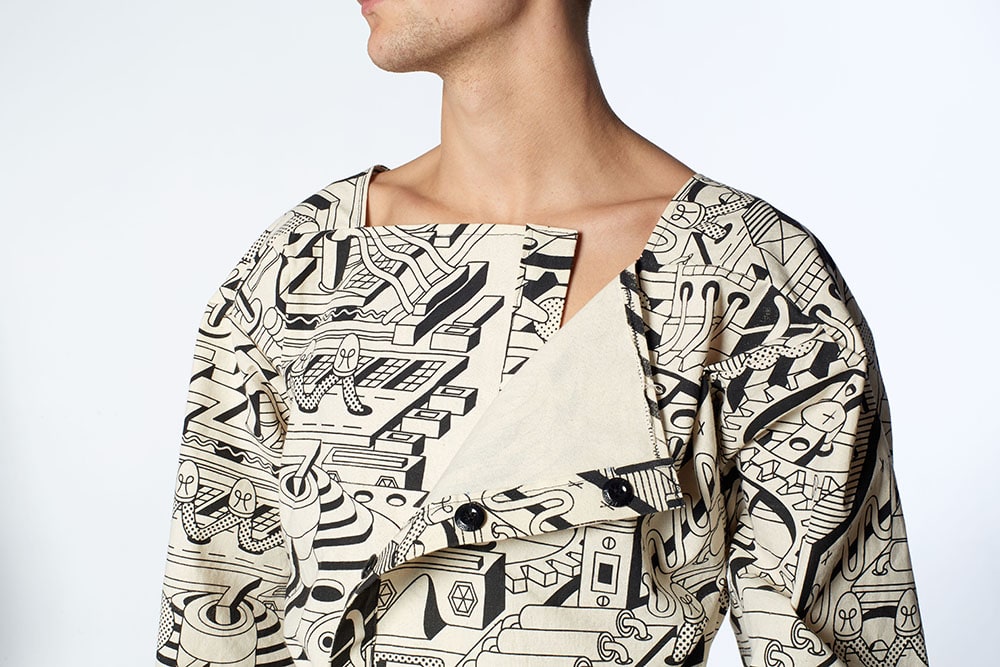
Tanguy Bertocchi., Tanguy Bertocchi - BA Graphic Design , Camberwell College of Arts, UAL | Photograph: Tanguy Bertocchi. -
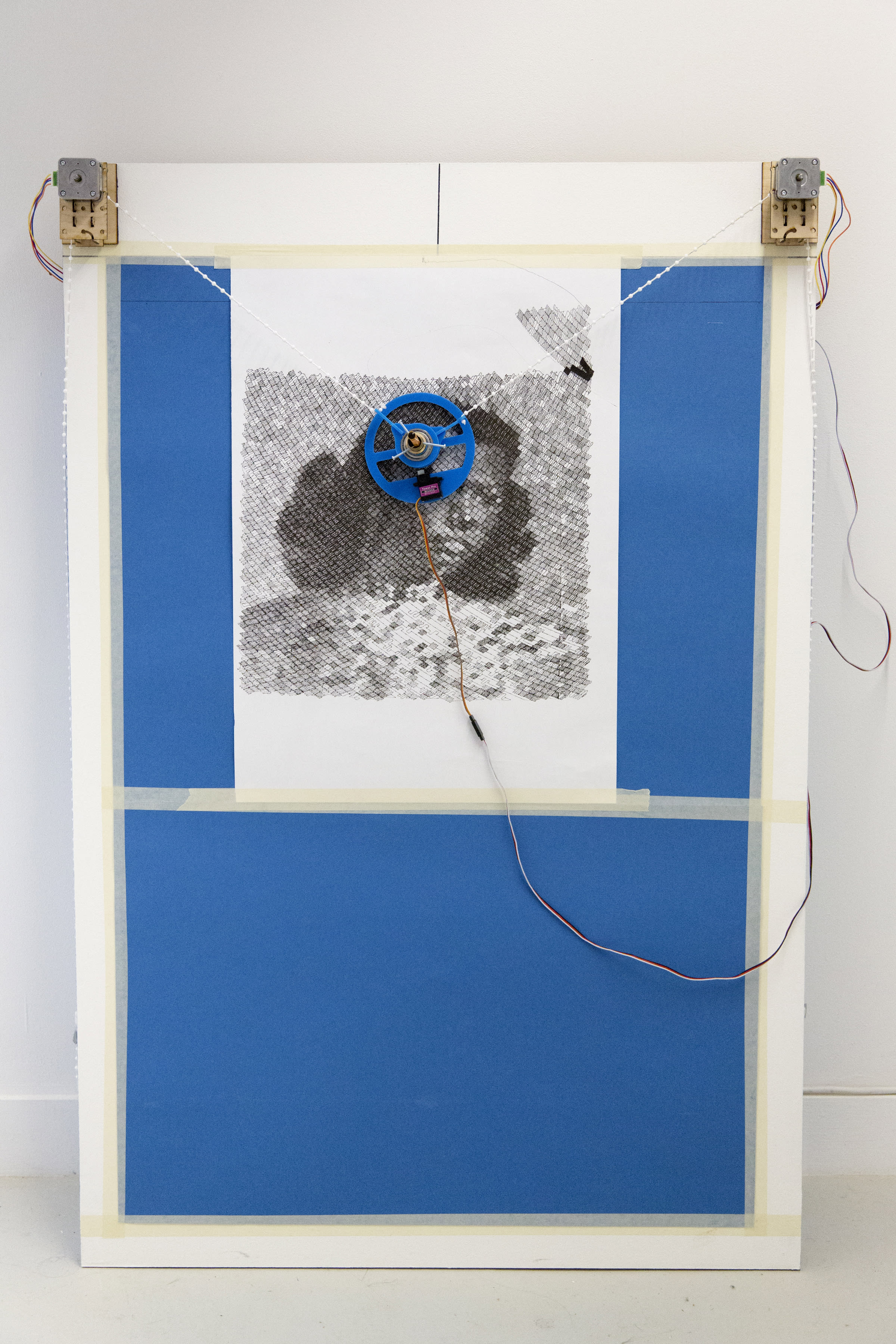
Adam Donnelly., Adam Donnelly - BA Graphic Design , Camberwell College of Arts, UAL | Photograph: Adam Donnelly.
Film
Graduate Showcase: Ella Wanendeya
Graphic Design Process: Tom Guilmard
-
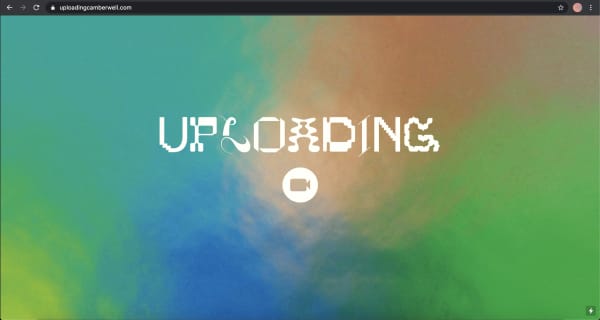
The landing page of the UPLOADING website Third year students from BA Graphic Design tell us more about their final year collaborative project.
-
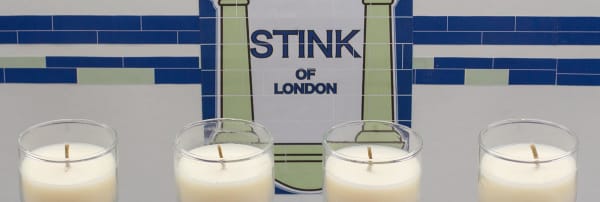
Detail of packaging for the project Stink of London by Erona Aliu, Paula Karbowniczek, Grace Newbold, Sophia Page, Jemima Ryde Colin Priest, Senior Lecturer, Interior and Spatial Design, writes about a multi-disciplinary student collaboration to design products for UAL's Not Just a Shop.
-
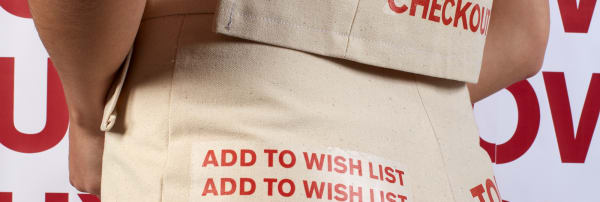
Robert Sollis on the Camberwell BA Graphic Design fashion show project he developed with Fraser Muggeridge.
-
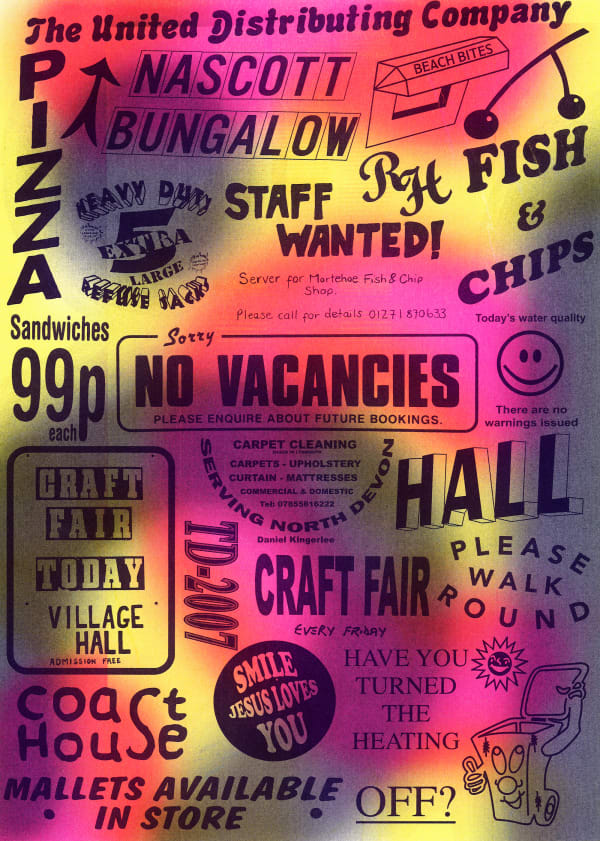
Risograph by Snottie Studios Camberwell BA Graphic Design graduate Abbie Freeman talks about setting up Snootie Studios.
Course overview
We are a community of designers, educators and students who are interested in exploring what it means to be a contemporary graphic designer. We believe that graphic design has a role in the broader fields and landscape of contemporary life, both locally and globally. Our aim is to empower you to be a proactive practitioner with the ability to make change.
What to expect
- Projects ranging from the commercial to the more experimental
- To engage with the principles of social, political, and design industry debates
- To develop a deep understanding of core graphic design skills through workshops in typography, type design, layout and photography
- To develop a personal practice which works with content and audiences which are important to you
- To put social engagement at the heart of your work and face socially responsible creative challenges
- To work on producing, promoting and delivering public events as a way of showing work at the end of projects
- A series of key ideas lectures. These will introduce important questions and theories that underpin contemporary art and design
- Course tutors from a range of different disciplines, including artists, designers and filmmakers.
- To work with design and advertising agencies with established links to Camberwell.
- To have access to Camberwell's shared workshops that include printmaking, photography, film, moving image, digital, plastic, ceramics, wood and metalwork. View the Camberwell facilities
Mode of study
BA Graphic Design is offered in full-time mode. It is divided into 3 stages over 3 academic years. Each stage consists of 30 teaching weeks. You will be expected to commit an average of 40 hours per week to your course, including teaching hours and independent study.
Course units
Year 1
Unit 1 - Introduction to Graphic Design
Unit 1 is an introduction to your course, the college, the university and London. Students come from many diverse educational backgrounds and a part of this unit will enable to reflect on your own background and how that shapes the way you approach your course.
Unit 2 - Provocations
Unit 2 will introduce you to core skills and essential knowledge associated with the discipline of graphic design. Workshops and software inductions, you will explore the analogue and digital construction of graphic design, informed by historical and contemporary research.
Unit 3 - The language of images
Unit 3 will introduce you to a range of conceptual and practical approaches to image-making in relation to the discipline of graphic design. Technical workshops and software inductions will support you to experiment with both analogue and digital methods of production.
Unit 4 - Publish
Unit 4 encourages you to expand your knowledge of the specialist methods and media associated with graphic design practice. Working both collaboratively and independently, you will experiment with a range of key processes and techniques that will inform the production of final outcomes.
Year 2
Unit 5 - Design systems 1
Through a series of exercises you will explore a variety of methods of design thinking, making and writing. Like going to the graphic design gym, you will work out your design muscles through a series of exercises in order to become a stronger more confident designer.
Unit 6 - Collaborative and collective practices
Unit 6 is a collaborative unit which aims to introduce you to different ways in which collaborative practice can focus and enhance your own creative strengths through working towards shared a goal.
Unit 7 - Design systems 2
This unit continues the systematic approach to making work, and it will ask you to respond more directly to content through design thinking, making, reflecting and writing.
Unit 8 - Agency and representation
This unit challenges you to identify who you are as a graphic designer. Informed and supported by seminars and workshops you will critically analyse the role of the practitioner and your position as an innovative and adaptable designer
Year 3
Unit 9 - Communities of enquiry
In this unit you will work on a self-directed research project. You will produce visual and written work. The balance between these will be decided between you and your tutors.
Unit 10 - Staging
Based in your research from unit 9 you will develop a body of work to visually communicate your findings and opinions to an appropriate audience. You will edit and photograph your portfolio of work before designing a public platform for presenting it to the world.
Optional Diploma between year 2 and 3
Between year 2 and 3 you can opt to undertake the Diploma in Professional Studies or the UAL Diploma in Creative Computing. Whilst these Diplomas are an optional aspect of the course, they are designed as an integrated and assessed part of your journey through the course.
Learning and teaching methods
- Blended learning
- Collaborations
- Critiques
- Excursions
- Independent learning
- Lectures
- Seminars
- Tutorials
- Workshops
Assessment methods
- Development file
- Essays
- Evaluative reports
- Peer assessment
- Practical work
- Presentations
- Proposals
- Self-assessment
- Tutorial records
Staff
How to apply
Opportunities for all
We are committed to making university education an achievable option for a wider range of people and to supporting all of our students in achieving their potential both during and after their courses.
We welcome applications from people with disabilities. If you have a disability (e.g. mobility difficulties, sensory impairments, medical or mental health conditions or Asperger's syndrome) we strongly encourage you to contact us on disability@arts.ac.uk or +44 (0)20 7514 6156 so that we can plan the right support for you. All enquiries are treated confidentially. To find out more, visit our Disability & Dyslexia webpages.
Entry requirements
The standard minimum entry requirements for this course are one or a combination of the following qualifications:
- Pass at Foundation Diploma in Art and Design (Level 3 or 4)
- 2 A Levels at grade C or above
- Merit, Pass, Pass (MPP) at BTEC Extended Diploma
- Pass at UAL Extended Diploma
- Access to Higher Education Diploma
- Or equivalent EU/International qualifications, such as International Baccalaureate Diploma at 24 points minimum
- And 3 GCSE passes at grade 4 or above (grade A*-C)
Entry to this course will also be determined by the quality of your application, looking primarily at your portfolio of work, personal statement and reference.
APEL - Accreditation of Prior (Experiential) Learning
Applicants who do not meet these course entry requirements may still be considered in exceptional cases. The course team will consider each application that demonstrates additional strengths and alternative evidence. This might, for example, be demonstrated by:
- Related academic or work experience
- The quality of the personal statement
- A strong academic or other professional reference
- A combination of these factors
Each application will be considered on its own merit but we cannot guarantee an offer in each case.
English language requirements
All classes are taught in English. If English isn't your first language you must provide evidence at enrolment of the following:
- IELTS level 6.0 or above, with at least 5.5 in reading, writing, listening and speaking (please check our English language requirements)
Selection criteria
We look for:
- An ability to explore, articulate and develop ideas
- An ability to research information and visual material to support your ideas
- Your portfolio to demonstrate a range of appropriate skills and technical abilities
- An ability to communicate your ideas visually, verbally and in writing
- An ability to self-direct and evaluate your own work
Portfolio advice
Portfolios should show the following:
- Project work that is clearly presented indicating project briefs
- Research, references and processes leading to the project outcomes
- Your personality behind the work
Please remember:
- The quality of the work is more important than the quantity
- To organise your work by project, with supporting work presented alongside final outcomes
Making your application
Apply
You must apply through UCAS, where you'll need the following information:
Application deadline
We recommend you apply by 26 January 2022 at 18:00 (UK time) for equal consideration.
However, this course will consider applications after that date, subject to places being available.
What happens next
Communicating with you
After you've submitted your application, you'll receive a confirmation email providing you with your login details for the UAL Portal. We'll use this portal to contact you to request any additional information, including inviting you to upload documents or book an interview, so please check it regularly.
Please add ccw.ukeu@arts.ac.uk to your contacts to ensure that you do not miss any important updates about your application to UAL.
Initial application check and selection
We check your application to see if you meet the standard entry requirements for the course. If you do, you will be invited to submit a digital portfolio through UAL's online portfolio review system. These will be reviewed by the academic team. We aim for all on time application reviews to take place by end of February 2022.
Following the review of the digital portfolio, we select a small number of applicants to move on to the next stage of the process. These applicants will be invited to attend an online interview. For the on time selected applicants, we aim for the interviews to take place during February-March 2022.
How we notify you of the outcome of your application
You will receive the final outcome of your application through UCAS track.
Applicants for this course may be given an alternative offer. This decision will be based on our assessment of your creative and potential interests.
Feedback requests:
This course receives a high number of applications. Unfortunately, we can't provide feedback to everyone who is unsuccessful. We can only provide feedback after you've had an interview. We are only able to provide feedback to you directly, or to someone you have told us in writing can receive it on your behalf. If you would like to request feedback please email ccw.ukeu@arts.ac.uk.
Deferring your place
This course accepts requests from offer holders to defer their place for one academic year. Deferral requests are granted on a first-come, first served basis until all deferral places are filled, or a deadline has been reached, whichever is sooner.
Read our Admissions Policy for details, including how to request a deferral and by when.
Transfers
If you are currently studying somewhere else on a course in an equivalent subject area and would like to transfer to this course, you can transfer to:
Apply via UCAS and choose Year 2 or 3 for your POE (Point of Entry).
Please check our Student Transfer Policy for more important information.
Be ready to provide us with:
Apply
There are 2 ways international students can apply to an undergraduate course:
- Through UCAS with the help of one of our official representatives in your country
- Directly through UCAS
Applying through UCAS you will need the following information:
- University code - U65
- UCAS course code - W210
You can only apply to the same course once a year. Any duplicate applications will be withdrawn. Read the UAL international application advice for further information on how to apply.
Application deadline
We recommend you apply by 26 January 2022 at 18:00 (UK time) for equal consideration.
However, this course will consider applications after that date, subject to places being available.
What happens next
Communicating with you
After you've submitted your application, you'll receive a confirmation email providing you with your login details for the UAL Portal. We'll use this portal to contact you to request any additional information, including inviting you to upload documents or book an interview, so please check it regularly.
Please add ccw.international@arts.ac.uk to your contacts to ensure that you do not miss any important updates about your application to UAL.
Immigration history check
You will be asked to complete an Immigration History Check to establish whether you are eligible to study at UAL. We will not be able to proceed with your application until you have submitted your completed Immigration History Form.
Initial application check and selection
We check your application to see if you meet the standard entry requirements for the course. If you do, you will be invited to submit a digital portfolio through UAL's online portfolio review system.
Once we have received your digital portfolio it will be reviewed by the academic team. A decision will be made on your application which may include - offer, offer alternative, recommend to alternative course, reject or invite to interview.
We aim for all on time application reviews to take place by the end of March 2022.
How we notify you of the outcome of your application
You will receive the final outcome of your application through UCAS track.
Applicants for this course may be given an alternative offer. This decision will be based on our assessment of your creative and potential interests.
Feedback requests:
This course receives a high number of applications. Unfortunately, we can't provide feedback to everyone who is unsuccessful. We can only provide feedback after you've had an interview. We are only able to provide feedback to you directly, or to someone you have told us in writing can receive it on your behalf. If you would like to request feedback please email ccw.international@arts.ac.uk.
Deferring your place
This course accepts requests from offer holders to defer their place for one academic year. Deferral requests are granted on a first-come, first served basis until all deferral places are filled, or a deadline has been reached, whichever is sooner.
Read our Admissions Policy for details, including how to request a deferral and by when.
Transfers
If you are currently studying somewhere else on a course in an equivalent subject area and would like to transfer to this course, you can transfer to:
- Year 2, if you've completed 120 credits in Year 1
- Year 3, if you've completely 240 credits in Years 1 and 2
Apply via UCAS and choose Year 2 or 3 for your POE (Point of Entry).
Please check our Student Transfer Policy for more important information.
Be ready to provide us with:
- Your current course handbook
- Year 1 / Year 2 unit transcripts
- An official document (translated into English) from your current university, explaining the learning outcomes of the units you have completed
Study Abroad
Through the Study Abroad programme international students can apply to join an undergraduate course.
For information on how to apply visit the Study Abroad section.
Fees and funding
Home fee
£9,250 per year
This fee is correct for 2021/22 entry and is subject to change for 2022/23 entry. Tuition fees may increase in future years for new and continuing students.
Home fees are currently charged to UK resident nationals. However, the rules are complex. Find out more about our tuition fees.
From 2021/22 entry, most EU students will be charged the International tuition fee rate, depending on your individual circumstances. If you started your course in October 2020 or earlier, you'll continue to pay Home (UK) fees for the duration of your course. Read more advice for EU students.
International fee
£22,920 per year
This fee is correct for 2021/22 entry and is subject to change for 2022/23 entry. Tuition fees for international students may increase by up to 5% in each future year of your course.
Students from countries outside of the UK are currently charged international fees. The rules are complex so read more about our tuition fees.
From 2021/22 entry, most EU students will be charged the International tuition fee rate, depending on your individual circumstances. If you started your course in October 2020 or earlier, you'll continue to pay Home (UK) fees for the duration of your course. Read more advice for EU students.
Careers and alumni
Camberwell BA Graphic Design graduates are currently working in advertising, branding, corporate identity, illustration, interactive design, print design, product design, film and video with leading companies such as Mother, Why Not Associates and Wolff Olins.
Many of our graduates have set up their own studios, including A Practice for Every Day Life, Brighten the Corners, Burgess and Beech and Hyperkit.
Alumni
- Johanna Bonneveier - Director of Creative Media, Beauty at Burberry
- Robert Boon - Inventory Studio
- Ben Freeman - Founder, Ditto Press
- Errol Donald AKA Pride - Creative Director, lettering artist, lecturer
- Mike Guppy - Designer and developer
- Alice Hawkins - Photographer
- Kris Hofmann - Director
- Eva Kellenberger - Kellenberger-White
- Jack Latham (Jam City) - Producer, DJ
- Natasha Law - Illustrator, animator
- Ben Long - Artist
- Hans Lo - Director
- Stewart McMillan - Senior Designer, Studio Output
- Aries Moross - Art Director and Graphic Artist, Studio Moross
- Oliver Jennings - Film-maker and audio-visual artist
- Clare Shilland - Photographer
- Vicky Simmons - Freelance Art Director
- Alex Sushon - Co-founder, Night Slugs record label, producer, DJ
- Jamie Thompson - Art Director, Viceland, Vice Media
- Sam Winston - Artist
Find out how careers and employability helps our students and graduates start their careers.
Graphic Design Jobs Right Out of College
Source: https://www.arts.ac.uk/subjects/communication-and-graphic-design/undergraduate/ba-hons-graphic-design-camberwell
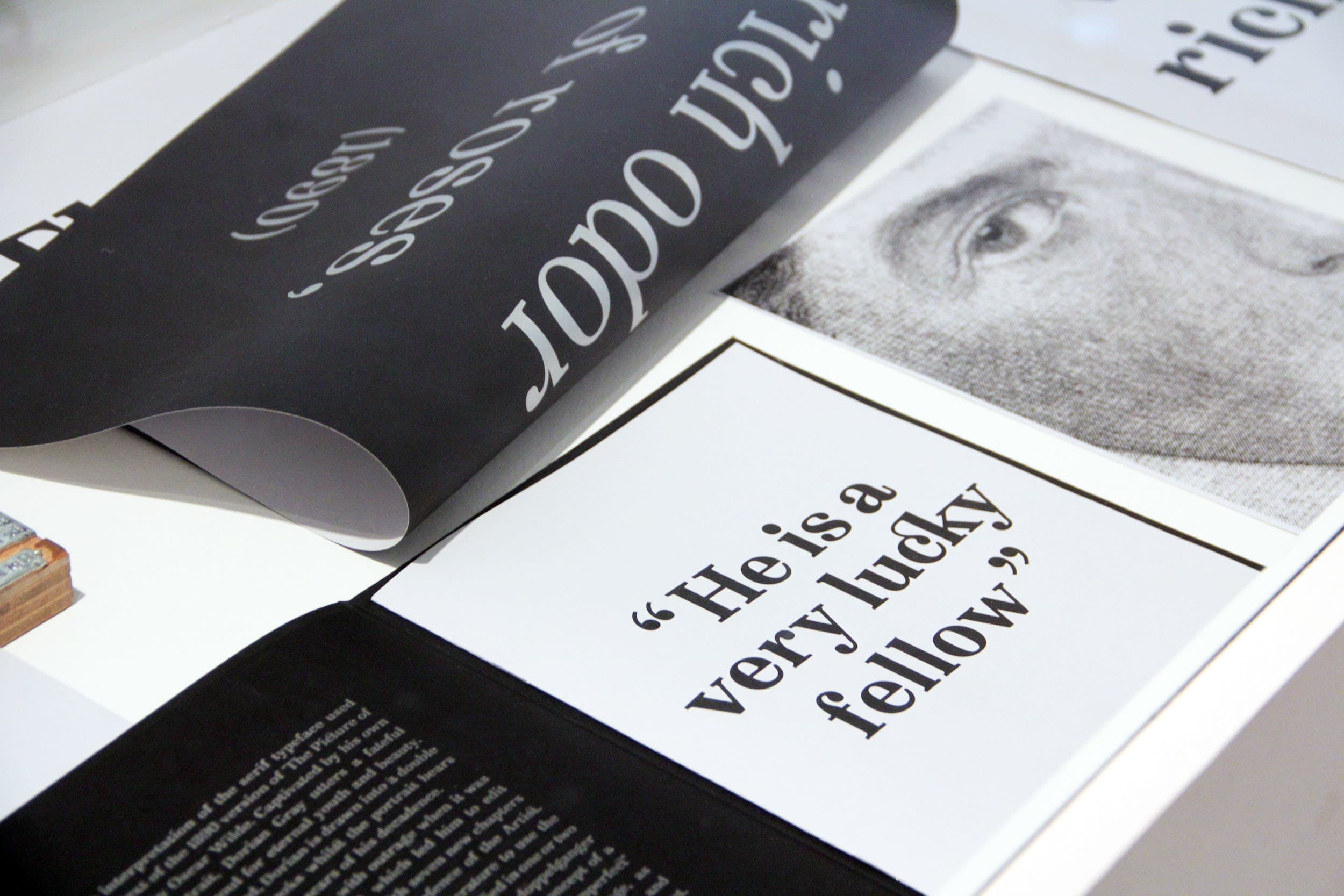
0 Response to "Graphic Design Jobs Right Out of College"
Post a Comment